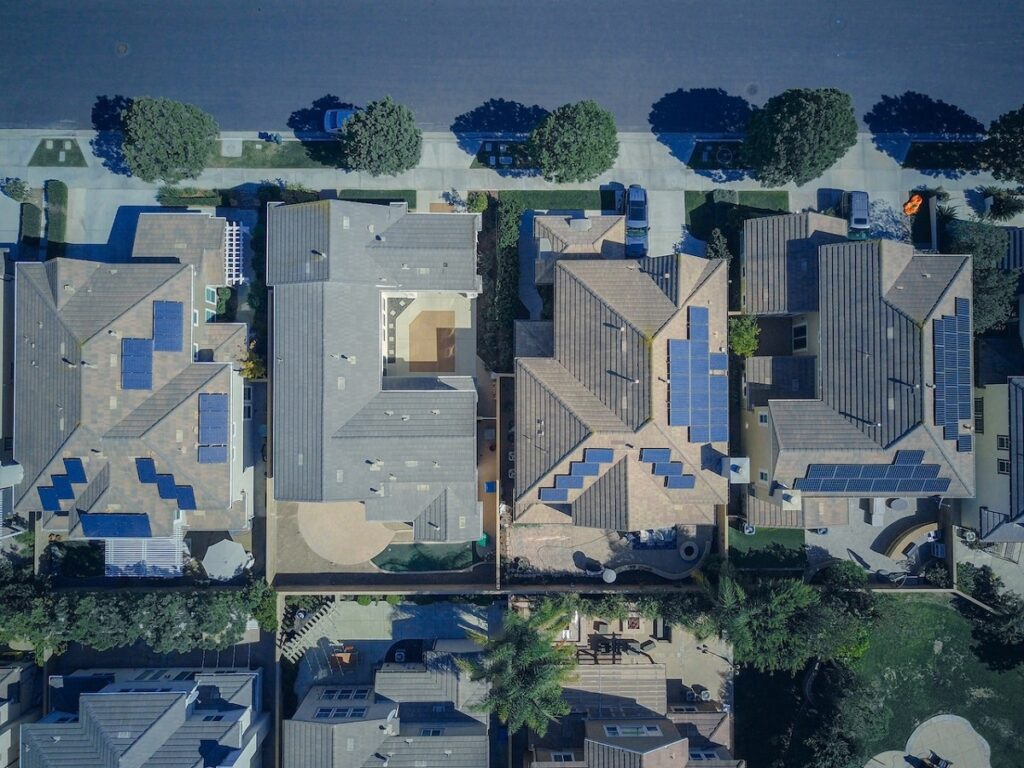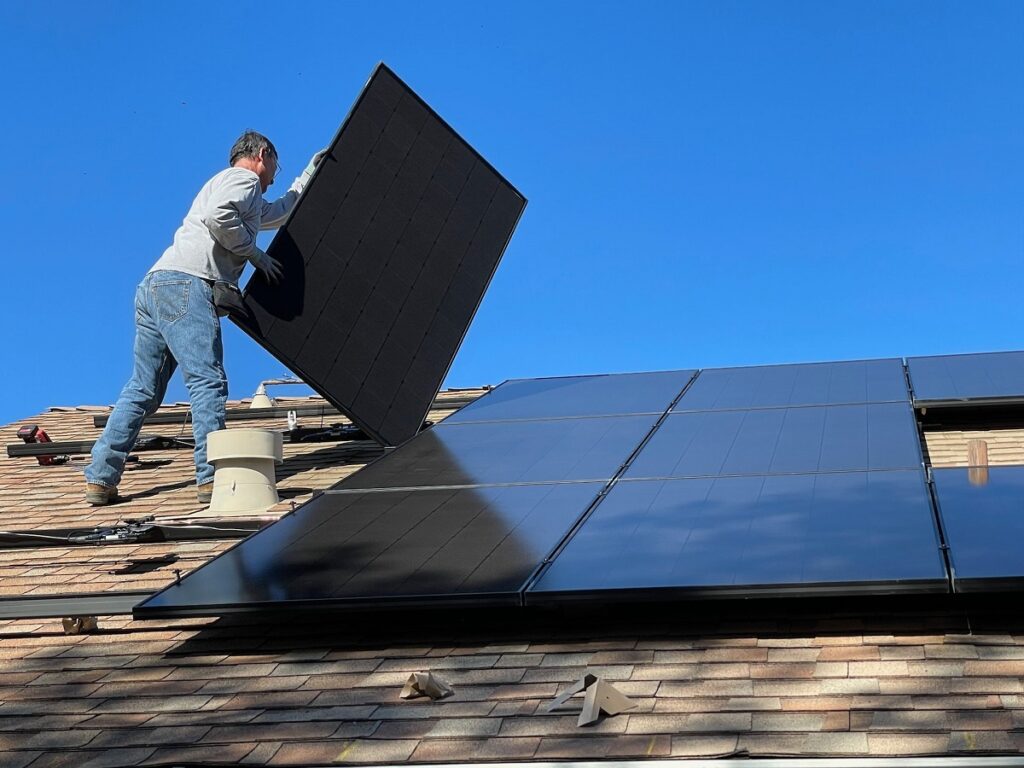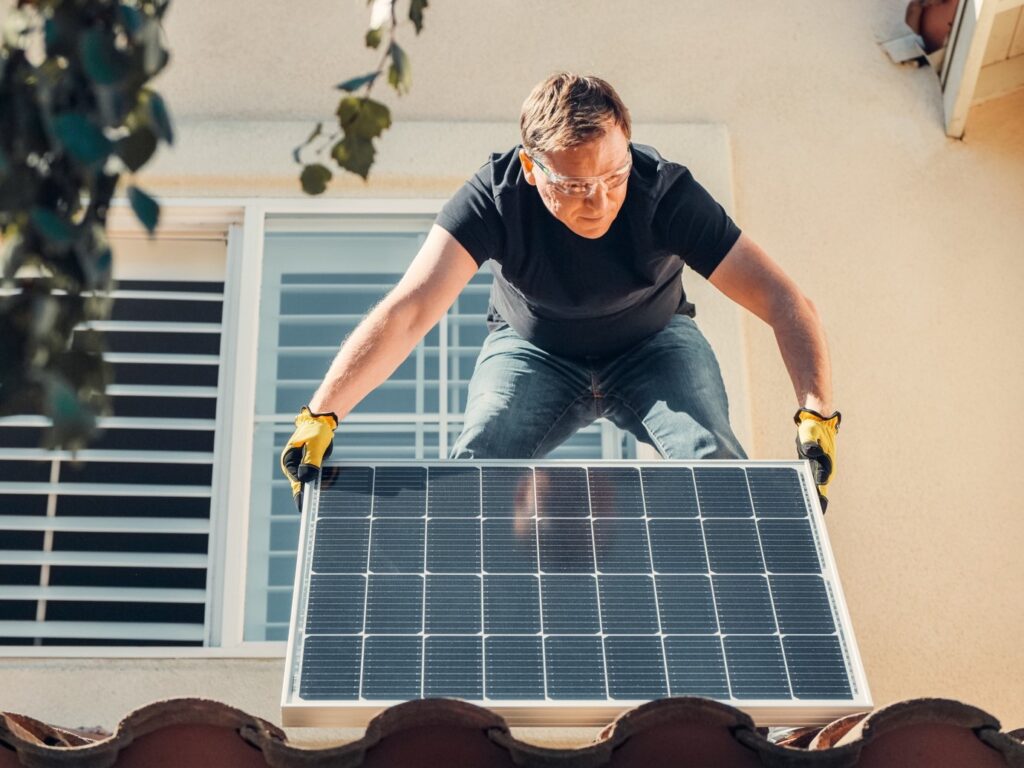The National Renewable Energy Laboratory (NREL) in the United States keeps this fascinating chart of the improvements in solar cell efficiency over time. It may only be one part of the equation, but better solar energy efficiency matters a lot when it comes to the future of solar power.
Obviously, the most efficient solar panels can generate more power from a given area. That’s important when space is limited. If you only have a small roof and want to make as much solar power as possible, you would be best off to choose the most efficient solar panels you can afford.
Satellites
Nowhere is space for solar panels at more of a premium than in space. Satellites need high efficiency solar cells and that’s where you’ll find the cells that are at the top of the NREL chart. They can convert over 40% of the energy in sunlight into electricity. The main problem with these is they cost a lot, not such a problem on a multi-million-dollar satellite, but totally off putting for the average home owner.
Some companies seek to make very high efficiency solar cells viable back here on the ground. They’d do this by focusing sunlight via cheap lenses onto much smaller cells. In fact, the highest solar cell efficiency is achieved by concentrating the equivalent of 300 suns onto solar cells. Yet even with this level of concentration, so-called concentrated PV is yet to take off commercially.
Reaping the benefits of solar energy depends on a balance between solar panel efficiency, cost and longevity. That area of the market is dominated by the crystalline silicon solar panels shown in blue on the chart. And if you look at all the points labelled UNSW, you’ll see how the University of New South Wales was consistently setting records for solar panel efficiency over a number of years. However, the chart makes it clear that improvements in the efficiency of crystalline silicon solar panels have levelled off.
One thing to note about the NREL chart is that is shows the solar cell efficiency of the best research cells. Mind you, the time from lab to product in solar power is often quite short, and several companies are achieving solar panel efficiencies of over 20% in their commercial panels.
The Wannabes
The wannabes in solar power are the perovskite cells, cadmium telluride cells and a range of other technologies. As we’ve mentioned before, perevskite cells are closing in on silicon cells in terms of solar panel efficiency, and the hope is that they will become cheap enough to roll out in even low-light areas. Certainly the big improvers in solar power efficiency are the newer technologies, but only time will tell how far these cells can push themselves up the solar panel efficiency table.
Chart: NREL via Wikipedia. Public domain


